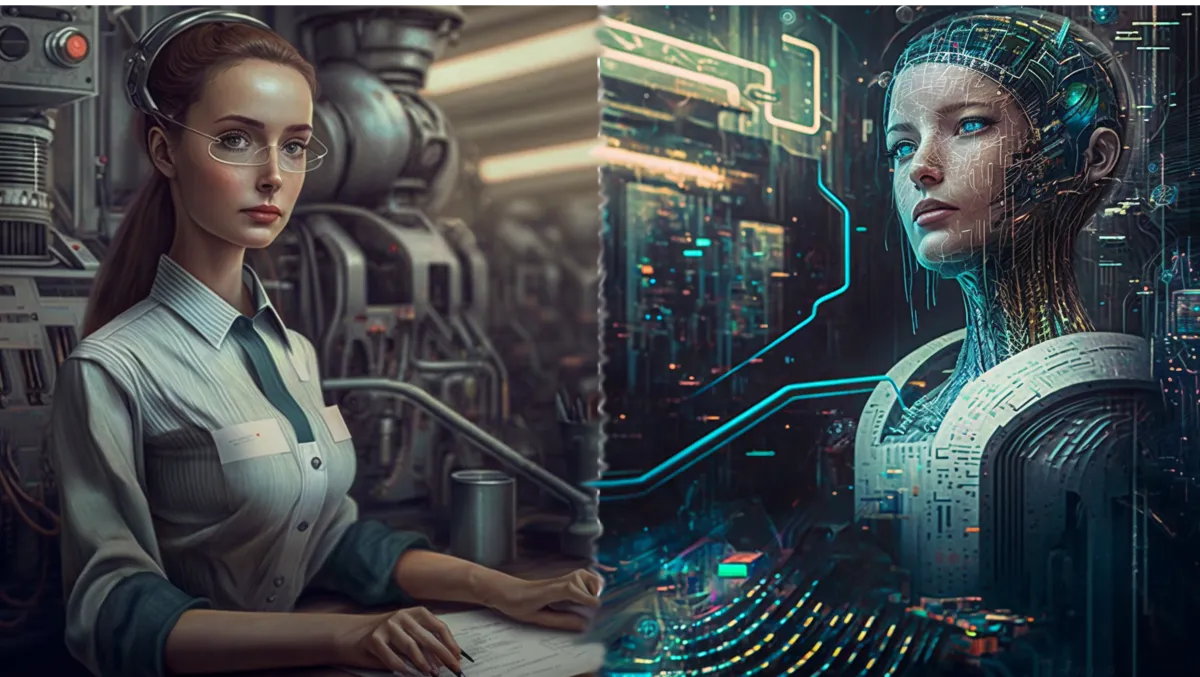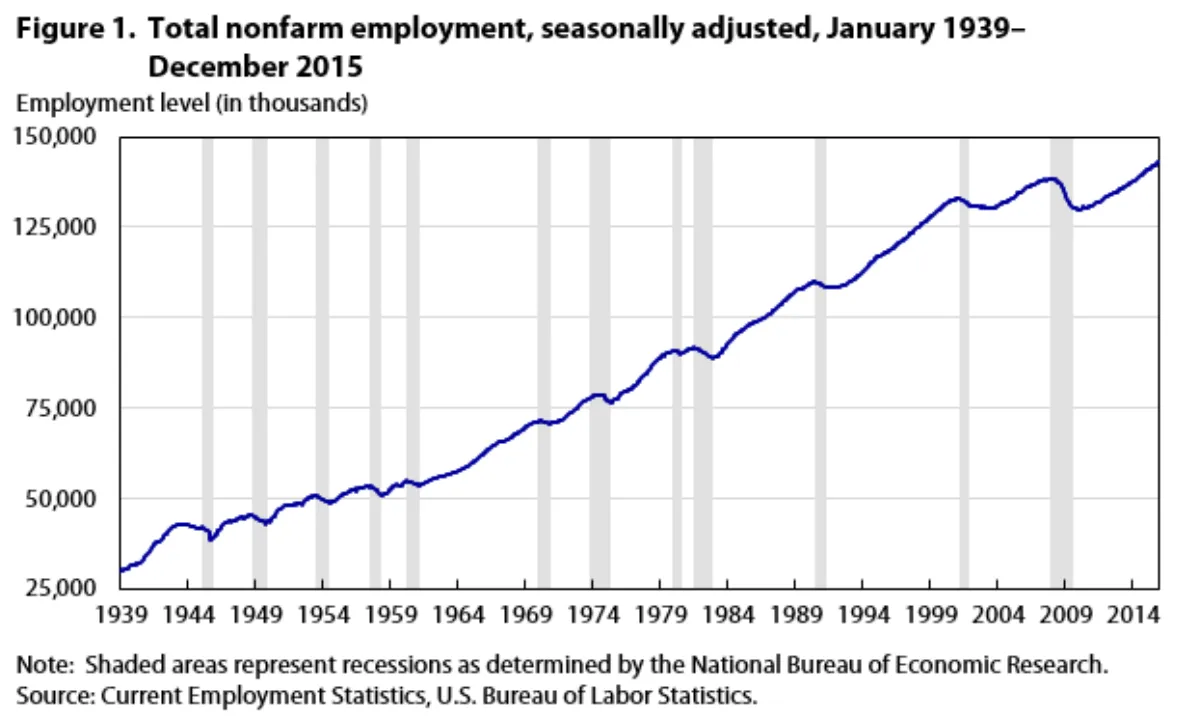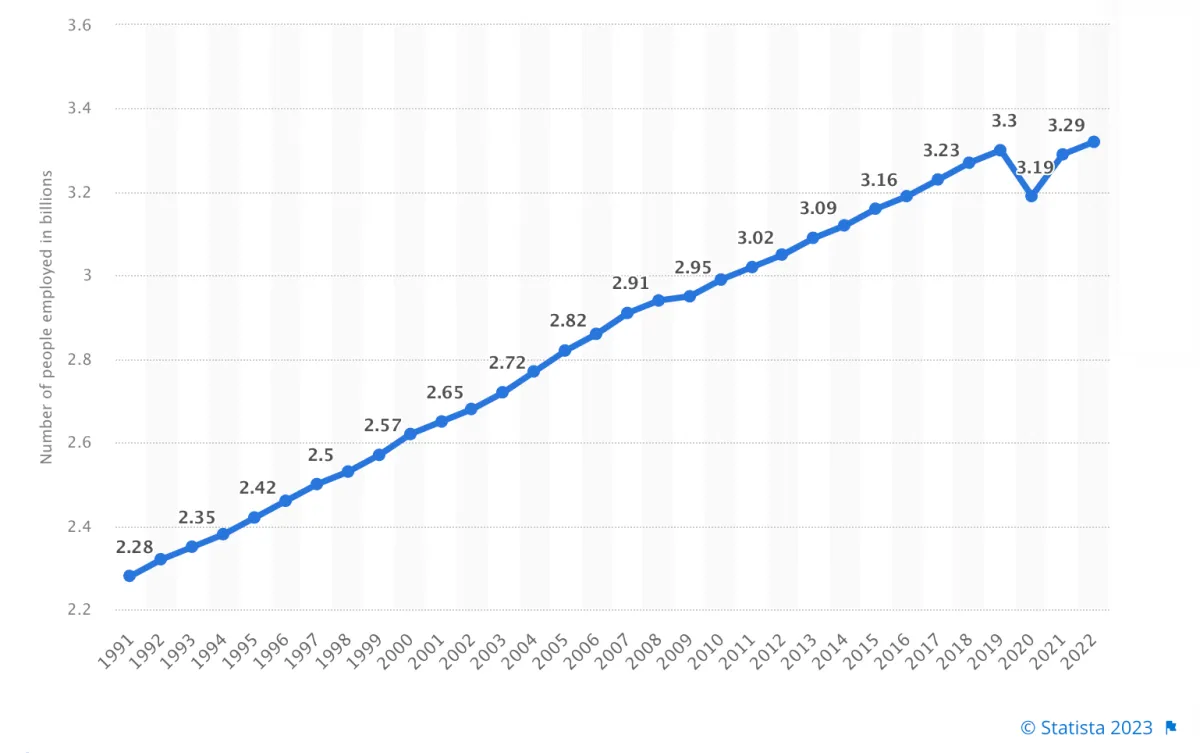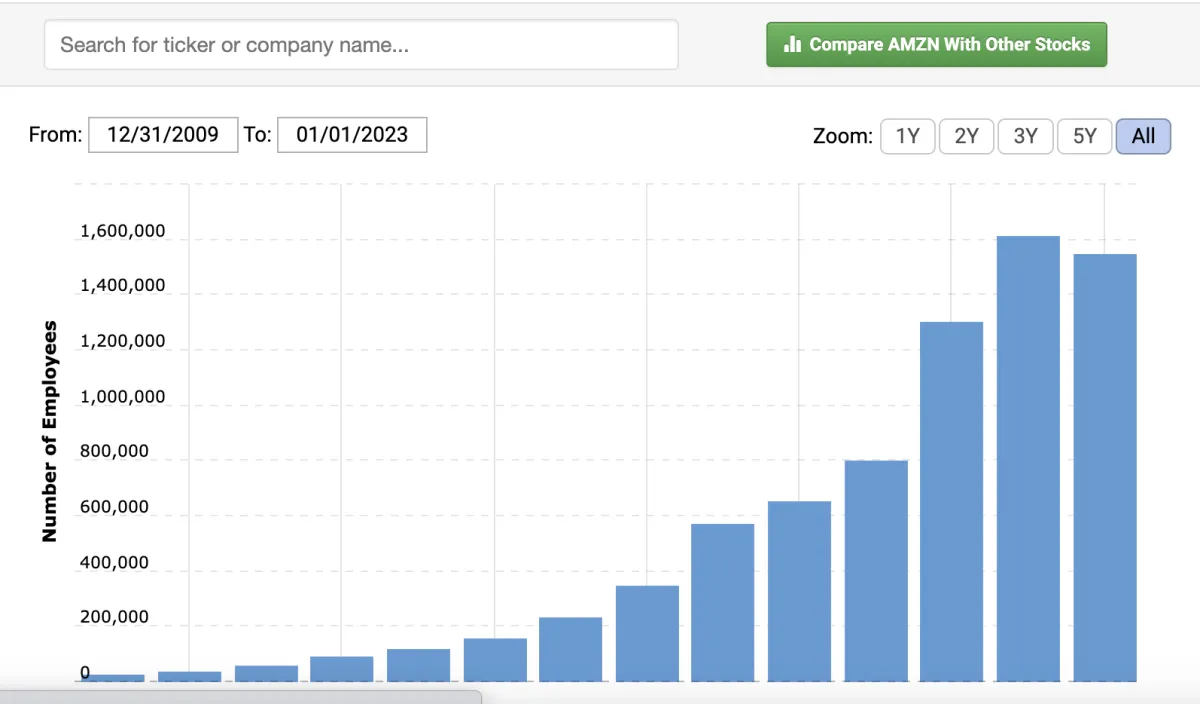
How AI Can Increase Employment and Create a Brighter Future
In recent months, there has been much debate about the impact of artificial intelligence (AI) on jobs and the economy. Some people fear that AI will replace human workers and lead to mass unemployment. I am in a camp that sees it as a tool for increasing productivity and innovation. With the recent release of ChatGPT, these debates have been fueled further, with some calling for government regulation and a halt to AI research.
In my upcoming novel, The Planet Fortht: Enslaving Freedom, I paint a picture of a utopian world where AI has helped to create full employment for society and create more fulfilling work for people. In this world, everyone enjoys the opportunity to either be employed or create their own business and be an entrepreneur. As a result, AI helps more people be their bosses. While this world is utopian, I believe all the principles described in the world of Fortht are achievable. All we need to do is let the technology thrive and adopt some of the political principles described in my novel.
While the publishing process is slow, I wanted to share some of my thoughts and theories on the topic of AI and employment in this blog post.
First, let's address the fear of job displacement. Some people worry that AI will replace human workers and leave many without jobs. This is fuelled by celebrities like Elon Musk and Max Tegmark, who use their position to fuel misinformation and instil fear in people who don't necessarily understand the technology. For example, Max Tegmark proposes that AI is an alien mind. He completely ignores the fact that AI is created and controlled by humans and has been trained on the data produced by humans. The proposal that this is an alien mind is factually incorrect and designed to instil fear in people's minds. People might believe him because he is a "researcher". However, this kind of statement is the essence of misinformation.
I propose that historical data and the mechanics of how we implement technology suggest that AI will help improve and increase overall employment. Technology has a pretty clear and well-known role in that regard. However, what's not so obvious is the way it impacts knowledge-based and knowledge-using sectors, such as medicine, education, business, communication, and professional services. The interesting thing is that technology actually increases employment in these areas over time, which is why it's no surprise that the top fastest-growing occupations around the world have been in the services sector since 1880. You can check out the chart below for more information based on the Bureau of Economic Analysis-US Department of Commerce data.

This logic is also supported by the results of a 2015 study by Deloitte economists into the relationship between jobs and the rise of technology since 1871. The study has shown a clear increase in the number of jobs created due to the rise of technology and innovation. You can find the findings by clicking here.
If you look at the employment trend, below is the U.S. Bureau of Labor statistics employment graph that shows continuously rising employment rates.

And below is the global trend over the last three decades, where technology has been advancing quite rapidly:

Also, Amazon is the poster child for the company that automates jobs. Yet in the last decade, despite automation, its workforce grew:

AI will certainly change the way we work. However, the change will be slow enough, so people will use AI to adjust how they work and invent new ways of working. This is because people who are currently employed will be implementing the new AI tools. Those people will use AI to assist themselves in their work and invent new ways to do the job. The people will also invent new jobs.
It is important to define what we mean when we talk about jobs or work. A job is a means by which individuals create value to improve their lives, and the amount of value determines the value it creates, whether that be in the form of tangible goods or services or in the form of intangible benefits such as innovation or progress. This value is established by both the producer of the value and the consumer of the value. For example, when you cook your own dinner, you are both the producer and the consumer of value, so you are the one establishing what it is worth. When you work as a chef at a restaurant, however, the value is negotiated between you and your customers. In this scenario, customers also have to offer something of value to you as the chef.
The "doomsday" AI predictions entirely ignore the mechanics of creating value and the nature of money. Money is merely a tool of exchange, dependent on the presence of goods and those who can produce them. It represents the idea that individuals engaged in trade must provide value in return for value received. When you receive money for your labour, it's with the belief that you'll use it to acquire the fruits of other people's labour.
Therefore, the creation of value is a trade between people, the mechanic of the market that assumes both parties to the transaction produce value for each other and therefore are employed. Therefore, you can't trade with a person who produces no value.
Initially, the value of AI lies in the research, computing power, and other resources that people have invested in it. On its own, AI does not offer any value. AI's value is attributed to the people who invested in its existence. As with any capital asset, the value attributed to AI will gradually diminish, and the value that people add will increase relative to AI's contribution to any task. This is similar to the value attributed to a crane lifting 2 tons of concrete slab and placing it on the 10th story of a building compared to people carrying furniture of the same weight to the same height. People still receive relatively higher pay for the entire job than the crane. However, the crane operator earns more money per hour than people manually carrying furniture.
In the future, people will increasingly take on roles where they direct and drive AI towards a desired outcome. This includes programmers, artists, and photographers, among others. While AI will do most of the hard work, the value created will be mostly attributed to the person driving it, not to the AI itself. This shift will enable people who are currently unable to work due to a disability or lack of education to gain employment or create value in other ways. Automation and the reduction in effort required to produce value will allow everyone to contribute to value creation. The need for value production will persist as long as people need to consume the values, such as food, clothes, shelter, and entertainment. As more value is produced, the need for employment will increase, leading to full employment where anyone who wants to work can find a job or create a business.
Many examples of jobs are already being created or enhanced by AI. Data analysts, AI trainers, and virtual assistants are just a few examples. Prompt engineers are the latest. These jobs require human input and creativity, and they can provide more meaningful and rewarding work than some currently automated jobs.
While there are fears that AI will lead to mass unemployment, historical data and the mechanics of technology implementation suggest otherwise. Instead, AI can potentially increase overall employment, especially in knowledge-based and knowledge-using sectors such as medicine, education, business, communication, and professional services. This is due to the slow and gradual implementation of AI and the fact that people will use AI to adjust the way they work, invent new ways of working, and even create new jobs. Furthermore, the value that AI produces will diminish over time, and the value people add will increase.
Ultimately, AI can create more fulfilling work and more opportunities for people to be employed or create their businesses, as demonstrated in the utopian world of The Planet Fortht.

